Medela glass baby bottle/breast milk storage: 25 ppm Cadmium + 68 ppm Lead + 86 ppm Antimony. Safe by all standards.
Published: April 7, 2022
- While the Lead level in the yellow paint on this bottle is “technically” and “legally” safe by all U.S. federal standards (the bottle is fully compliant with both FDA and USCPSC standards), given the fact that there are readily available truly Lead-free baby bottle (and breast milk storage) options, we do not recommend choosing this brand of glass bottle.
- All federal agencies agree that there is no safe level of Lead exposure for children – and especially for infants.
- Even though the Lead level in the paint on this bottle is low, the paint on baby bottles can wear and deteriorate over time (especially with regular washing and heat sterilization) – potentially resulting in microparticulate Lead contamination from the paint migrating to the interior of the bottle and causing an exposure risk to the infant using this bottle.
- While the above-noted risk is low (with the Lead at this level), it is not zero.
- Plastic versions of bottles from this brand are Lead-free.
- For safer baby bottle choices check out this list – link.
Reading #1)
Clear glass of the bottle
60-second test
- Lead (Pb): non-detect
- Cadmium (Cd): 21 +/- 5 ppm
- Mercury (Hg): non-detect
- Bromine (Br): non-detect
- Chromium (Cr): non-detect
- Vanadium (V): 1,398 +/- 542 ppm
- Iron (Fe): 334 +/- 542 ppm
- Zinc (Zn): 171 +/- 20 ppm
- Zirconium (Zr): 484 +/- 14 ppm
- Niobium (Nb): 464 +/- 18 ppm
- Indium (In): 23 +/- 6 ppm
- Tin (Sn): 16 +/- 7 ppm
- Antimony (Sb): 22 +/- 10 ppm
- No other metals detected in consumer goods mode.
Reading #2)
Yellow paint on the bottle
60-second test
- Lead (Pb): 68 +/- 12 ppm
- Cadmium (Cd): 25 +/- 6 ppm
- Mercury (Hg): non-detect
- Bromine (Br): non-detect
- Chromium (Cr): 1,367 +/- 304 ppm
- Vanadium (V): 1,626 +/- 670 ppm
- Iron (Fe): 333 +/- 95 ppm
- Copper (Cu): 57 +/- 25 ppm
- Zinc (Zn): 20,000 +/- 400 ppm
- Titanium (Ti): 70,000 +/- 2,100 ppm
- Zirconium (Zr): 1,201 +/- 32 ppm
- Niobium (Nb): 491 +/- 21 ppm
- Indium (In): 33 +/- 8 ppm
- Tin (Sn): 19 +/- 9 ppm
- Antimony (Sb): 86 +/- 13 ppm
- No other metals detected in consumer goods mode.
Reading #3)
Gray paint on the bottle
60-second test
- Lead (Pb): non-detect
- Cadmium (Cd): 14 +/- 5 ppm
- Mercury (Hg): non-detect
- Bromine (Br): non-detect
- Chromium (Cr): 3,320 +/- 359 ppm
- Vanadium (V): 1,498 +/- 561 ppm
- Manganese (Mn): 1,088 +/- 194 ppm
- Iron (Fe): 267 +/- 95 ppm
- Copper (Cu): 716 +/- 49 ppm
- Zinc (Zn): 5,729 +/- 145 ppm
- Titanium (Ti): 20,700 +/- 1,300 ppm
- Zirconium (Zr): 608 +/- 17 ppm
- Niobium (Nb): 395 +/- 18 ppm
- Indium (In): 15 +/- 6 ppm
- No other metals detected in consumer goods mode.
For those new to this website:
Tamara Rubin is a Federal-award-winning independent advocate for consumer goods safety and a documentary filmmaker. She is also a mother of Lead-poisoned children. Tamara’s sons were acutely Lead-poisoned in August of 2005. She began testing consumer goods for toxicants in 2009 and was the parent-advocate responsible for finding Lead in the popular fidget spinner toys in 2017. Tamara uses XRF testing (a scientific method used by the U.S. Consumer Product Safety Commission) to test consumer goods for toxicants (specifically heavy metals), including Lead, Cadmium, Mercury, Antimony, and Arsenic. All test results reported on this website are science-based, accurate, and replicable. Items are tested multiple times, to confirm the test results for each component tested. Please click through to this link to learn more about the testing methodology used for the test results discussed and reported on this website.
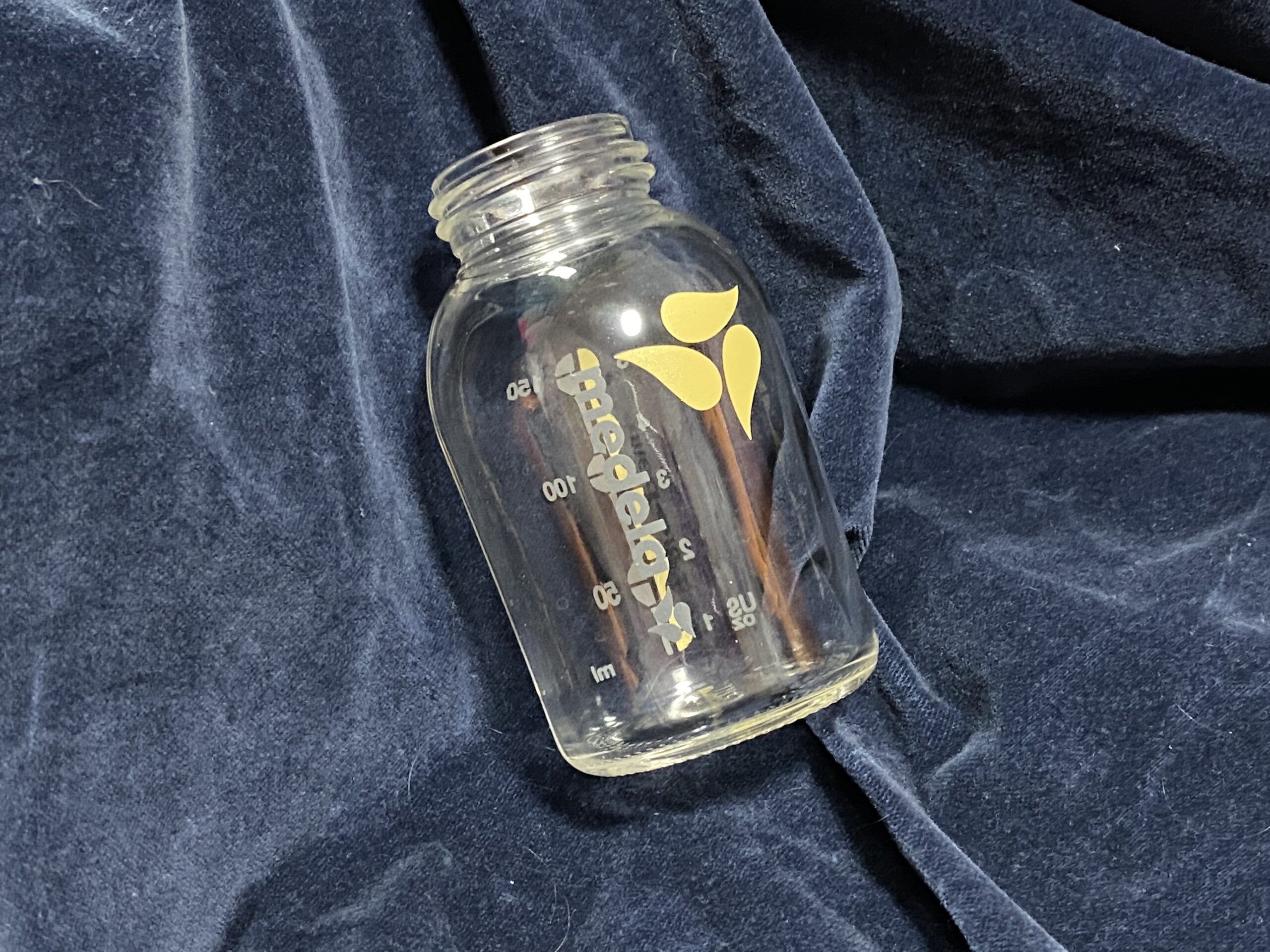
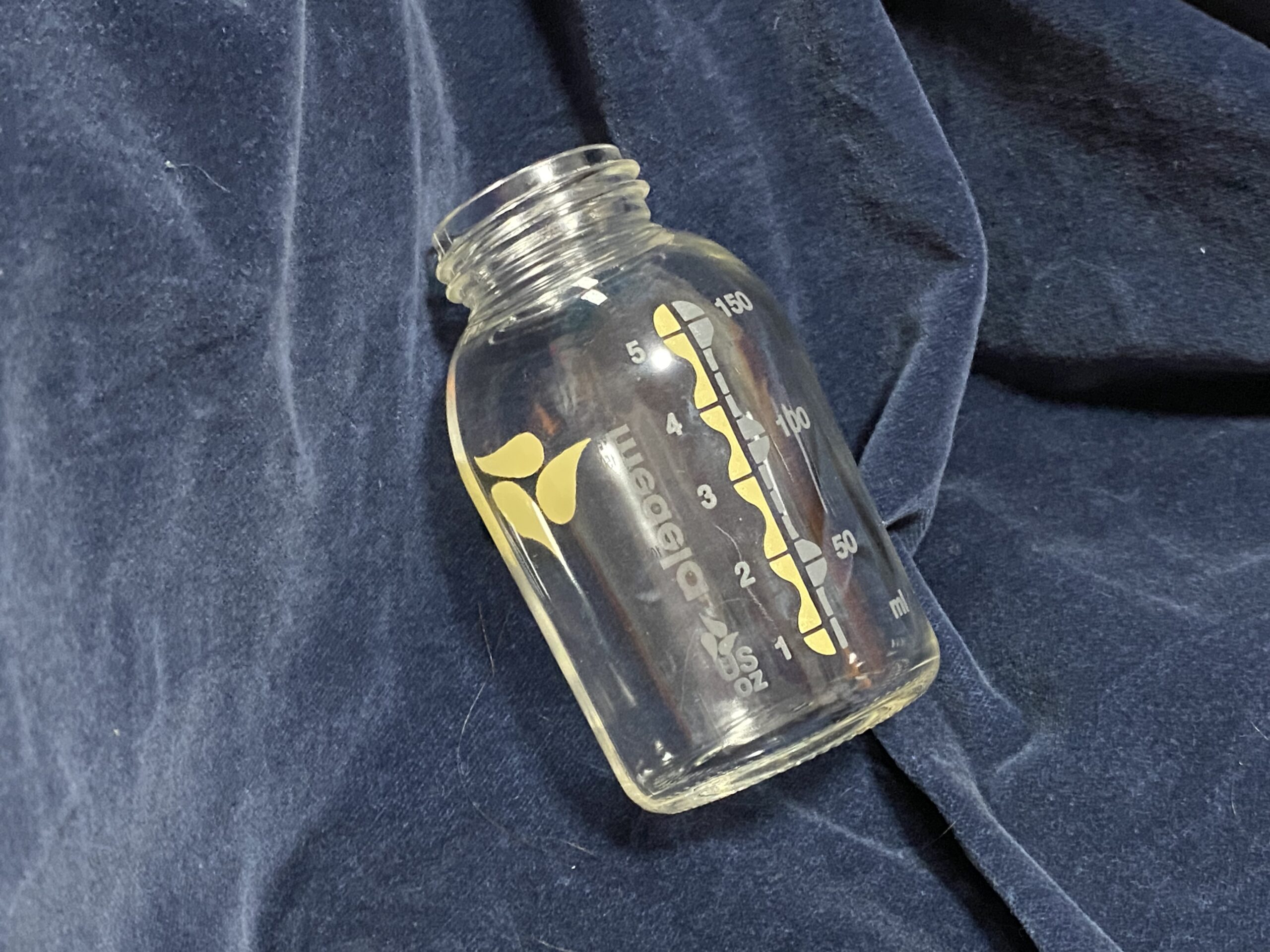
Never Miss an Important Article Again!
Join our Email List








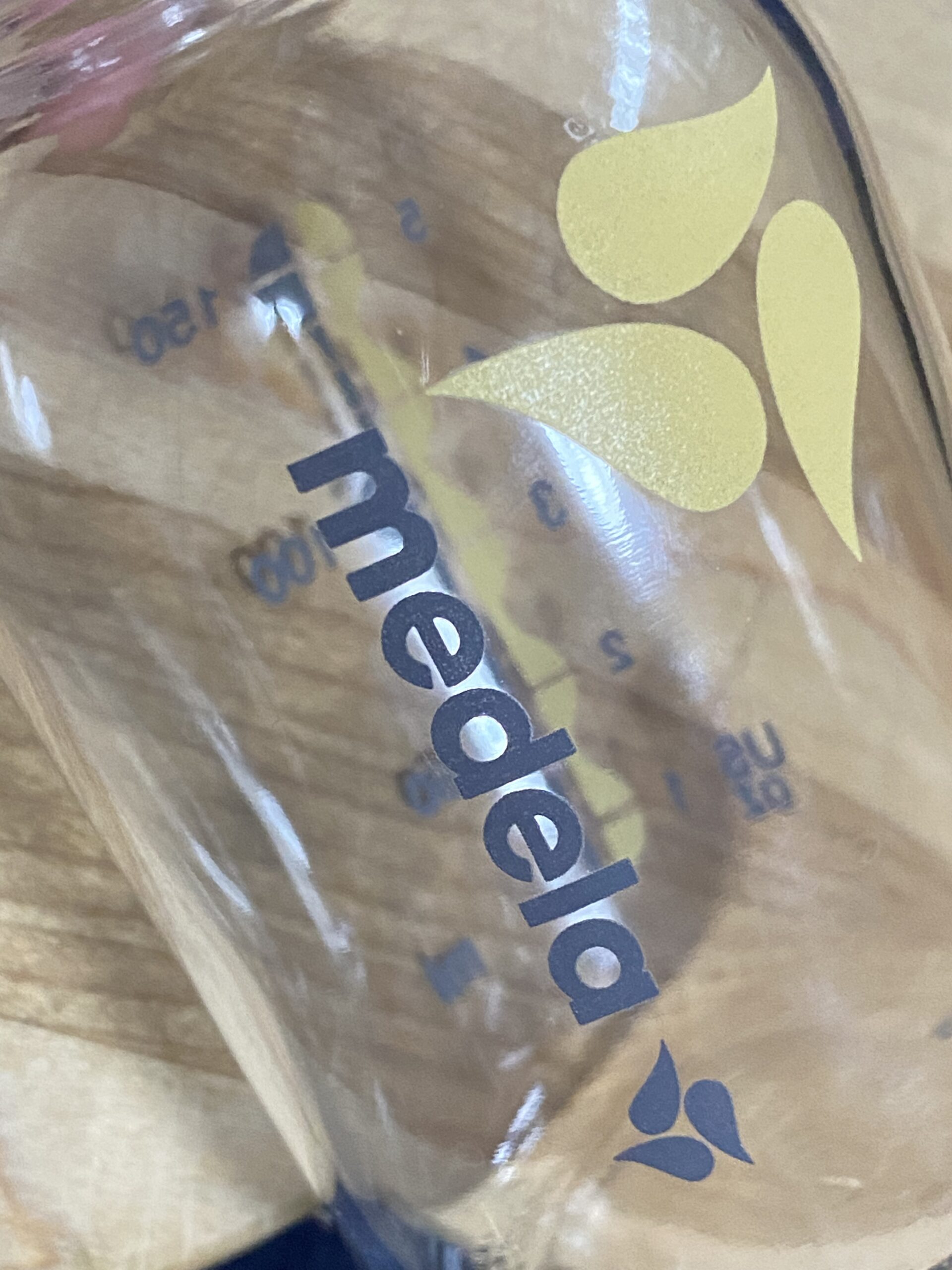
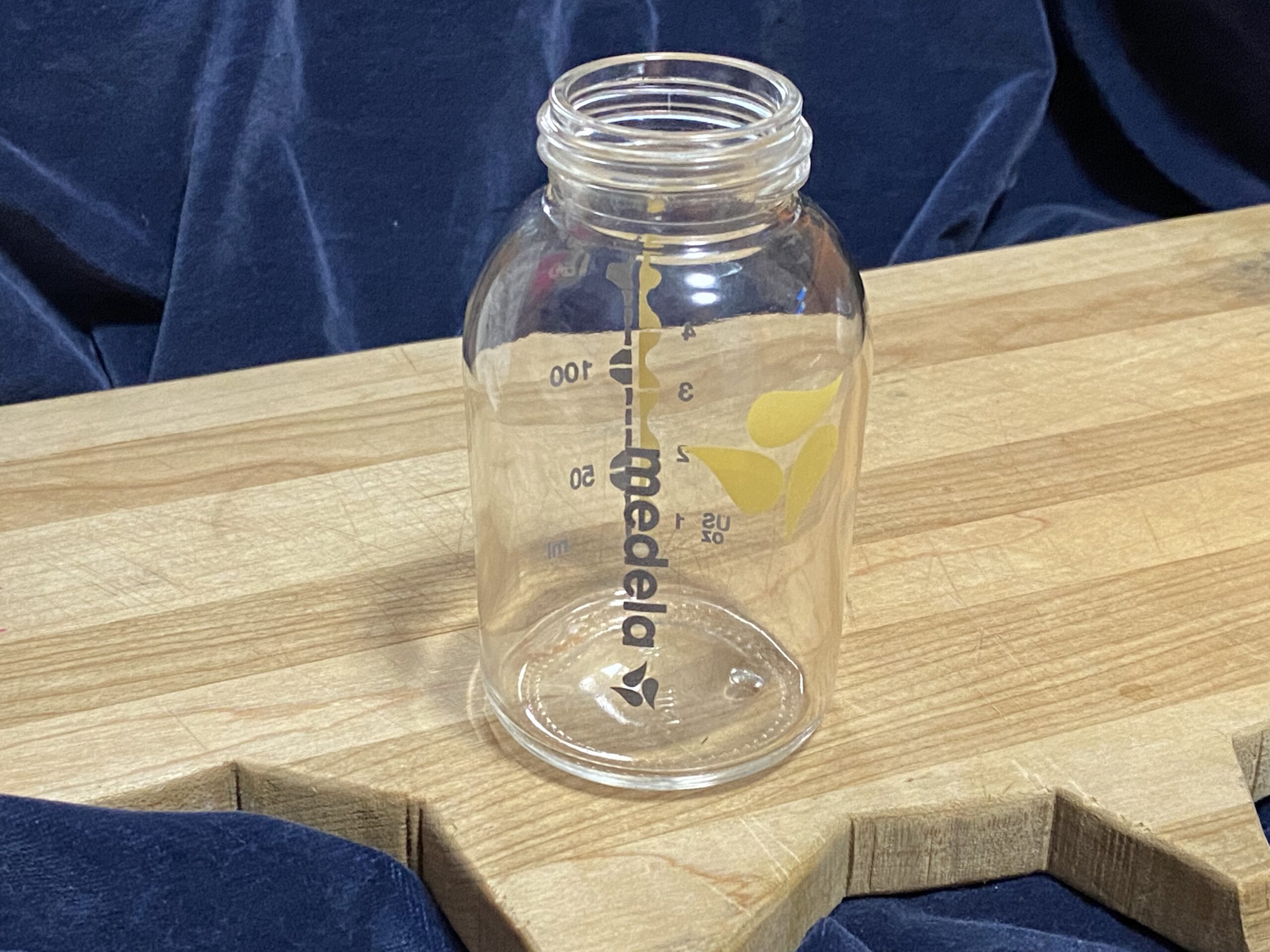
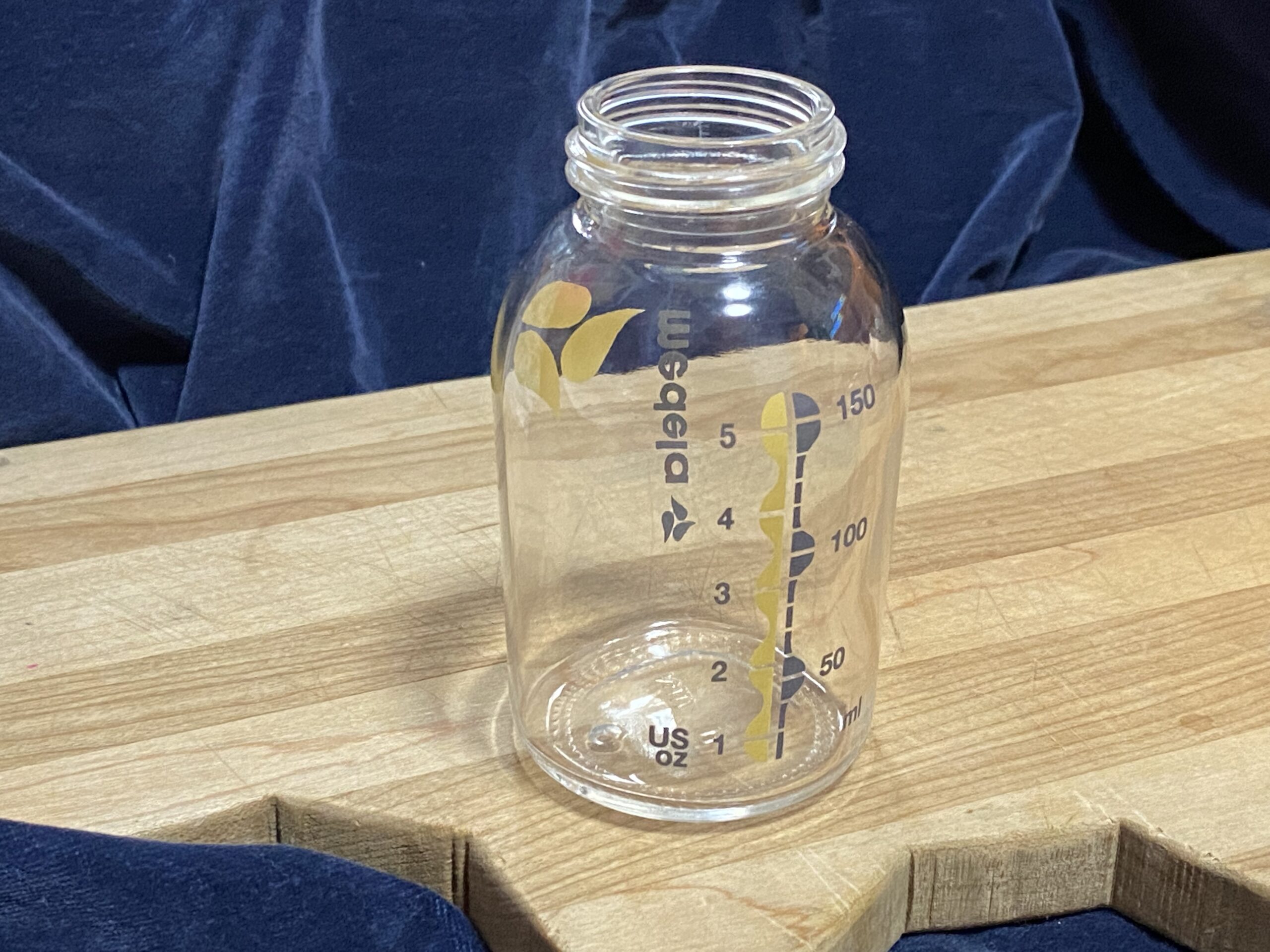
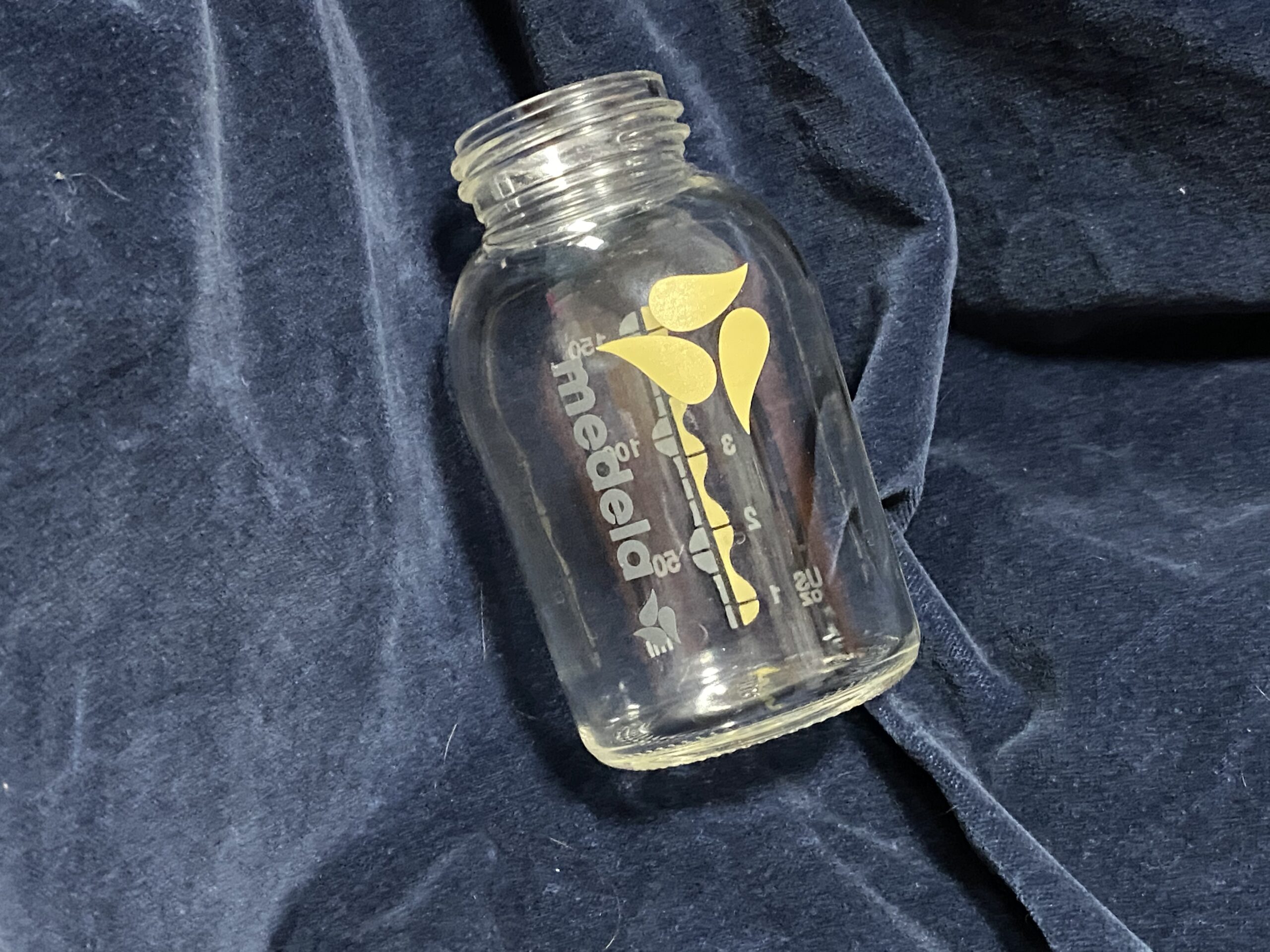

Not sure if I want to know, but have you tested the plastic bottles? My kiddo is 9 now, and I used the plastic ones from about 6-9 months of age.
have you tested the nipple of this baby bottles?
this was sent to me without a nipple
Hi there
I am a little confused here. I see there is lead on the paint. But the caption says safe by all standards. So is there like an acceptable range of lead that is not harmful? I am very new to all this and my 1 year old tested positive for lead. I am so concerned.
Under 90 ppm Lead is considered safe by all standards (per the current standards for Lead in the paint, glaze or coating of items manufactured expressly for use by children.) While that is the safe standard, all federal agencies agree that there is no safe level of lead exposure for humans (and especially for babies.) I personally would not use a baby bottle that tested positive for any amount of Lead and / or Cadmium in the paint or other components.
Tamara